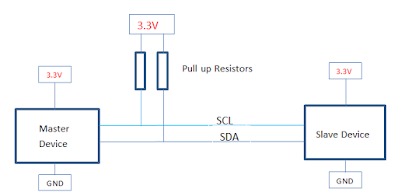Selecting MOSFETs
To select a proper MOSFET in our design we should consider the following things.
- VDSS
- VGS
- Switching Speed
Considerations for VDSS:
- The drain-source voltage VDSS rating is important in selecting MOSFETs. Application of a voltage exceeding VDSS might result in the destruction of a MOSFET. It is necessary to choose MOSFETs with a VDSS sufficiently higher than the voltage at which they will actually be used.
- High VDSS rated MOSFET's will have large on-state resistance, RDS(ON).A downside of using such MOSFETs is increased conduction loss.
- Generally, on-state resistance determines the upper limit of the drain current ID. Ensure that not only the loss calculated as ID 2×RDS(ON), the permissible power dissipation but also a temperature rise due to heating does not cause the device to exceed its operating temperature range.
Considerations for VGS:
- The on-state resistance of MOSFETs is low when they operate in the linear region. Therefore, for switching applications, you can reduce the on-state resistance by using MOSFETs in the low VDS region. This helps reduce power loss.
- The amount of current that MOSFETs can handle is limited by the value of VGS
- It is necessary to choose a value for VGS sufficiently higher than Vth.
- The higher the VGS, the lower the RDS(ON)
Switching Speed:
- When a power MOSFET switches at a high frequency, its switching loss accounts for a significant portion of total loss. To reduce total loss for high- frequency switching applications, high-speed power MOSFETs should be used.


